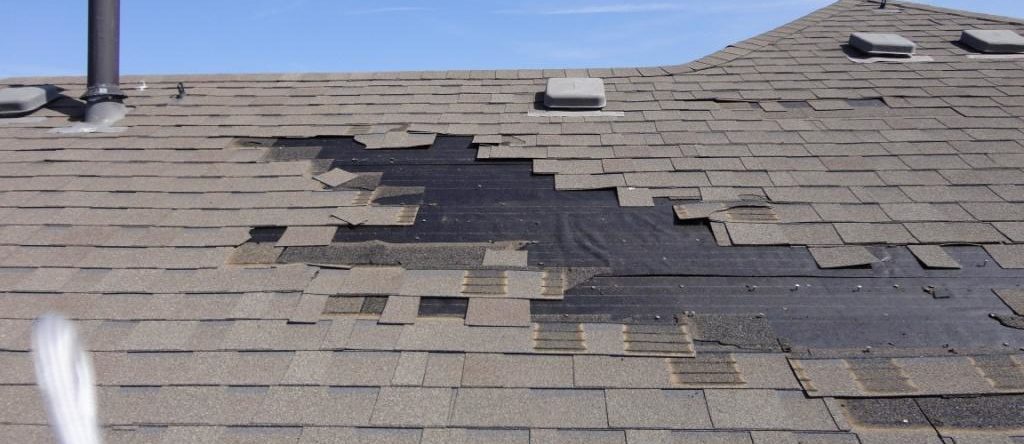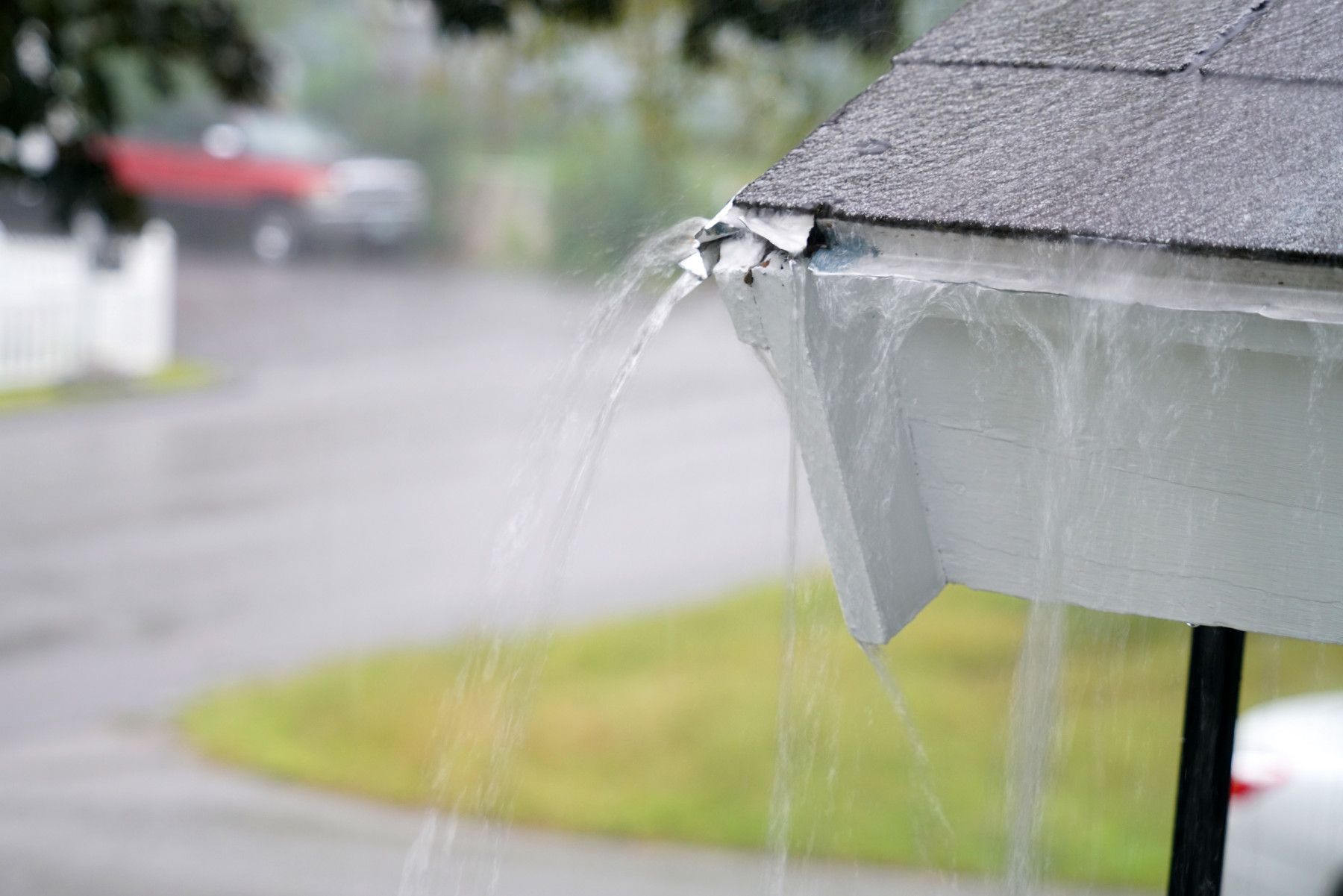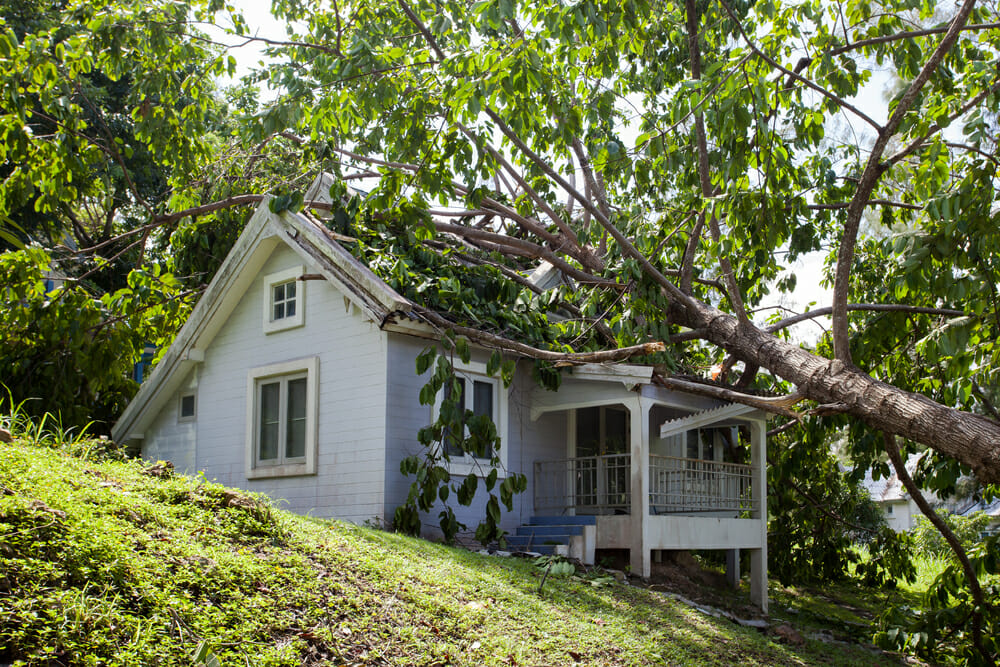
Your roof is a significant investment for any homeowner. It protects your family and all your property. Think of it as the first line of defense for your home against harsh weather and other elements.
Bad weather can damage your roof in many ways. Here’s a comprehensive overview of how storms and extreme weather can impact your roof:

1. Wind Damage
On many occasions, storms are often accompanied by intense and fast-moving winds that can tear off roof tiles and shingles. As the winds get stronger, they may even tear off your entire roof, leaving your home unprotected and susceptible to other dangers.
That is why many roofing contractors advise homeowners to inspect the condition of their roofs after a heavy storm and strong winds. You can also hire a professional roofer to check for signs of visible damage and repair any as soon as possible.
2. Heavy Rainfall
Heavy rain can also wear down your roof tiles and shingles very fast. Over time, rainwater will find its way into your roof and weigh it down. The damage that heavy rainfall causes may also leave moisture inside the underlayer of the roof, making it a hub for fungal, algae, and bacterial growth.
Even a small roof leak, when left unattended, can lead to extensive and irreparable roof damage.
3. Falling Trees
Bad weather and storms can sometimes uproot trees that fall on your rooftop, causing immense damage to it. Larger falling branches and trees can even puncture your roof and create large holes, forcing you to hire a professional to have them repaired.
Even smaller branches can sometimes cause damage to your roof shingles and tiles.
4. Snow
Many people believe that snow is relatively harmless to roofs. This couldn’t be far from true. When excessive snow accumulates on your roof, it can weigh it down. Not to mention, snow eventually melts into water, which is even heavier. This water can also penetrate your roof, creating even more of a risk to the entire roof.
Therefore, you must remove any snowdrifts from your roof after a heavy snowstorm.
5. Extreme Heat and Humidity
Constant sun exposure can also shorten the lifespan of your roof. UV rays can dry out the natural oils of shingles, exposing them to harsh elements like rust and water damage. Similarly, extreme humidity can cause moisture to seep into your roof and cause mold and mildew growth.
Hire a Professional Roofer to Combat Bad Weather Damage
Extreme weather does affect rooftops and can cause extensive damage over time. Don’t wait until it is too late. Hire our professional roofing experts at Semper Fi Exteriors for regular roofing maintenance and inspections today.
Choose a professional and experienced roofing contractor to ensure your roof is in its best condition. Drop us a line at Semper Fi Exteriors. We put our clients’ needs first.

